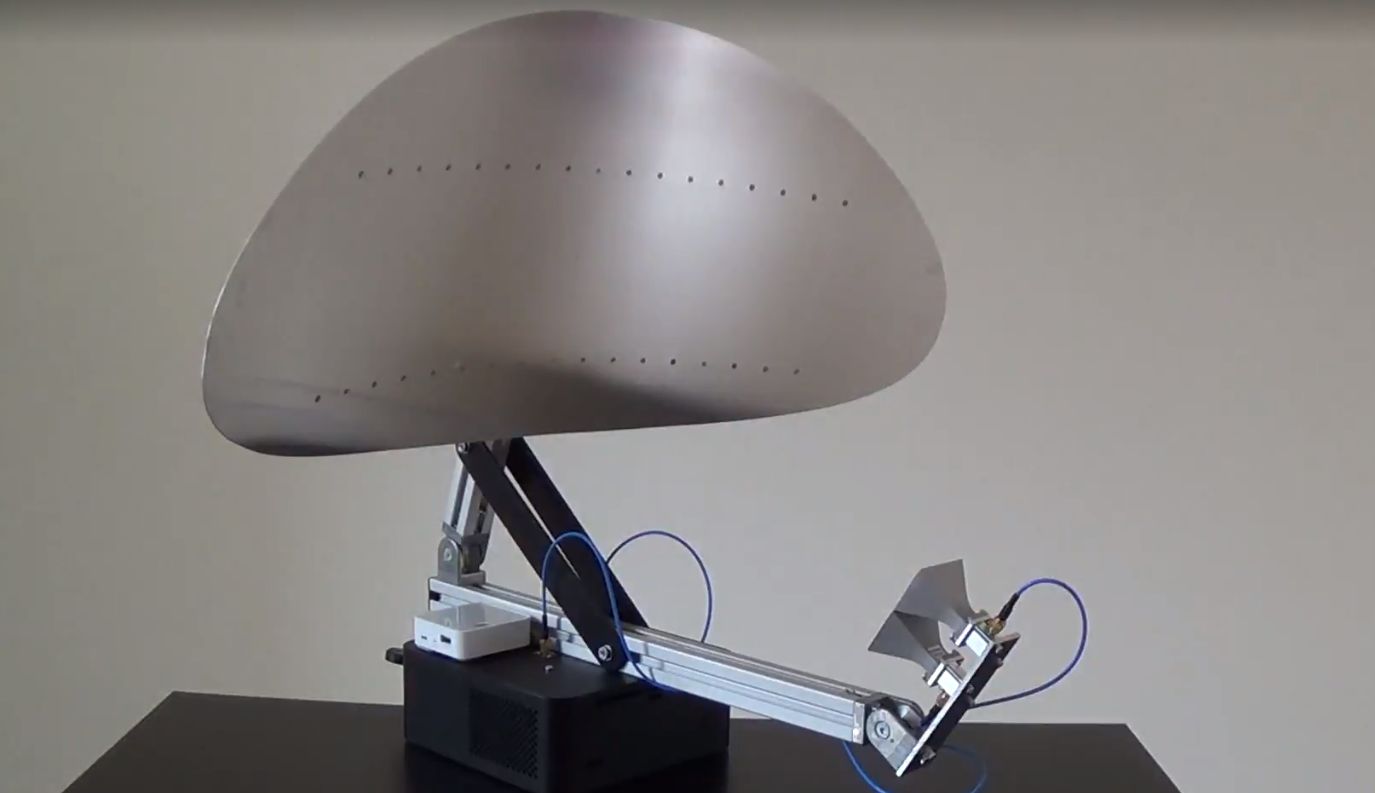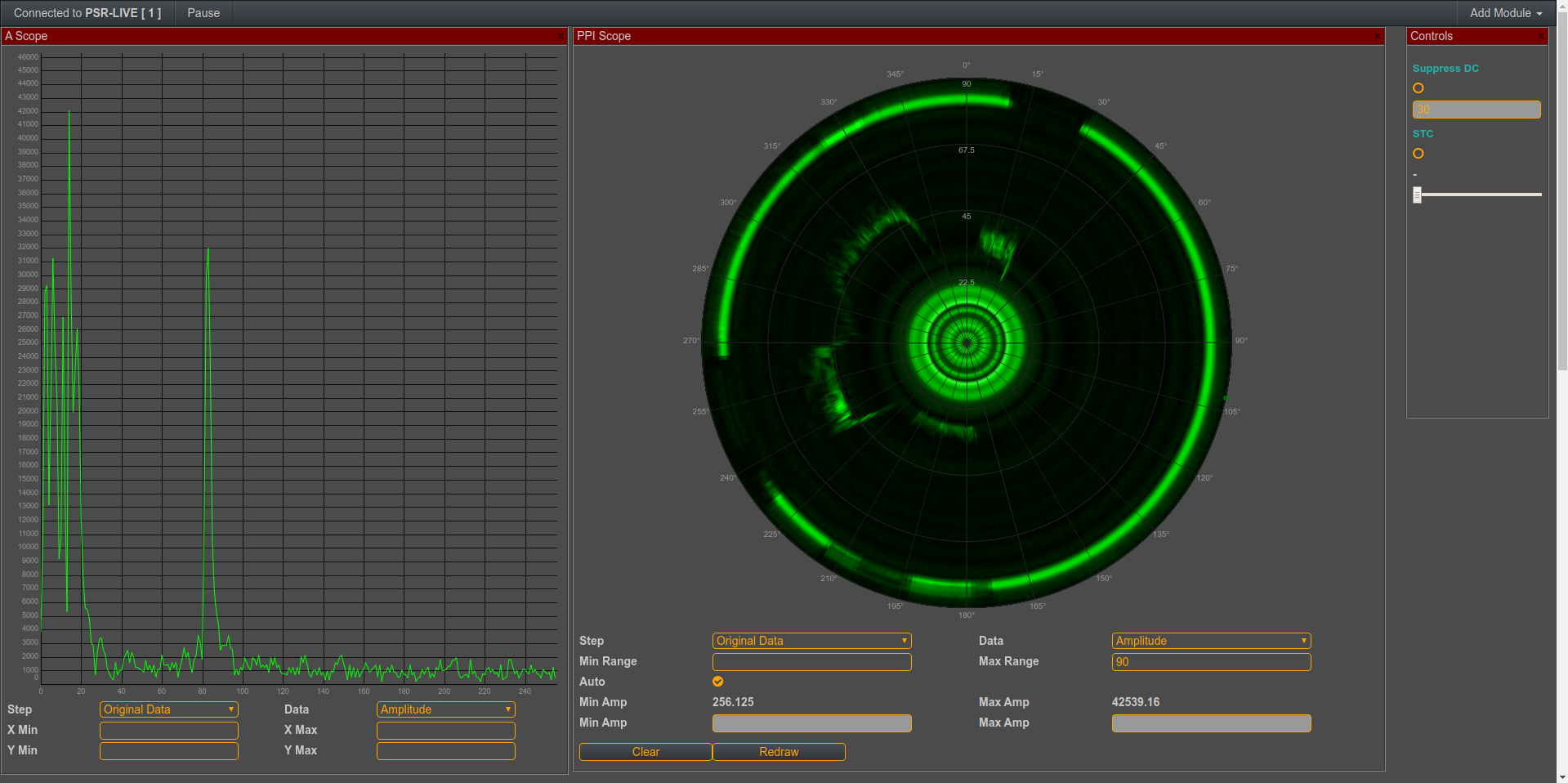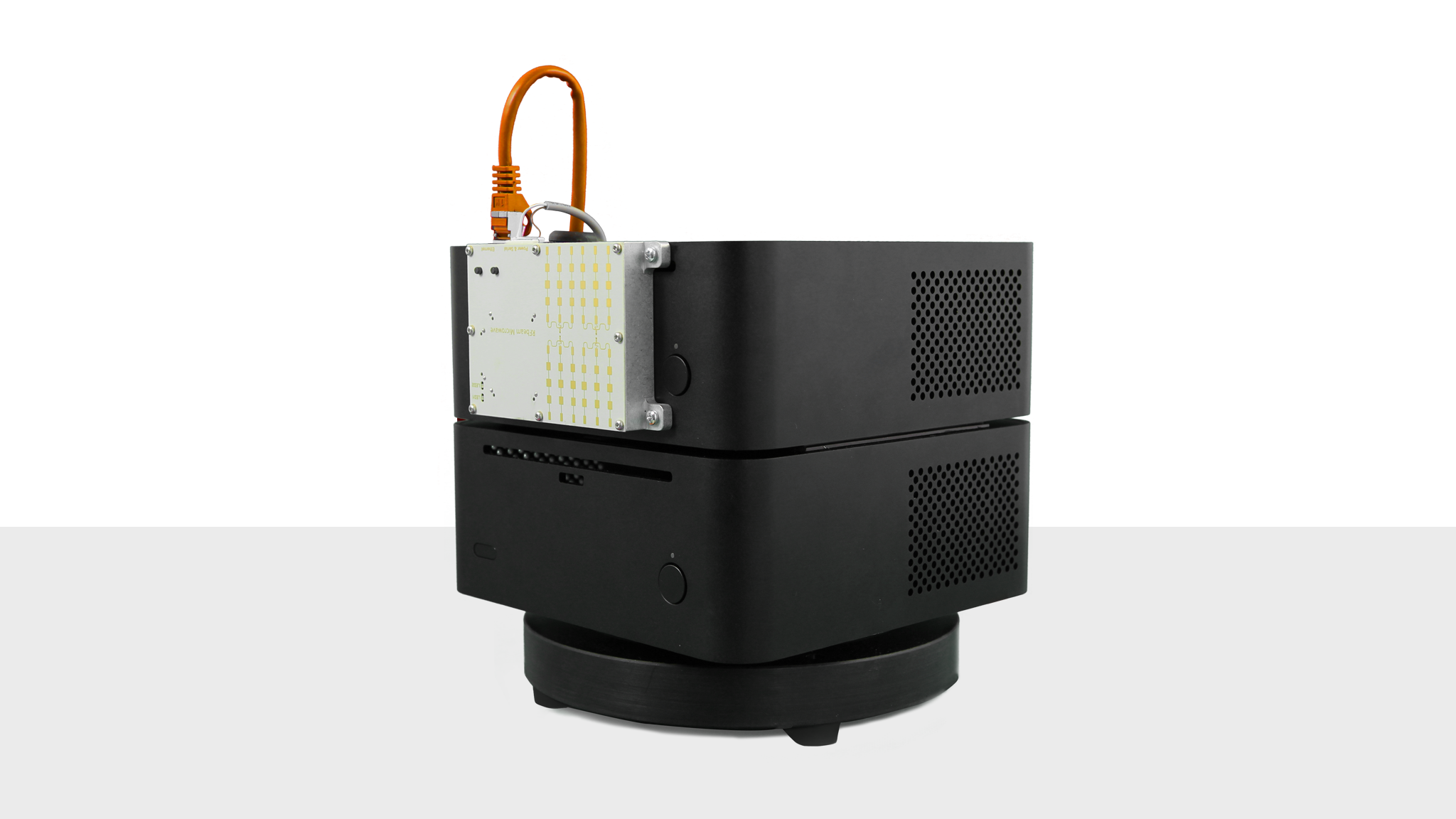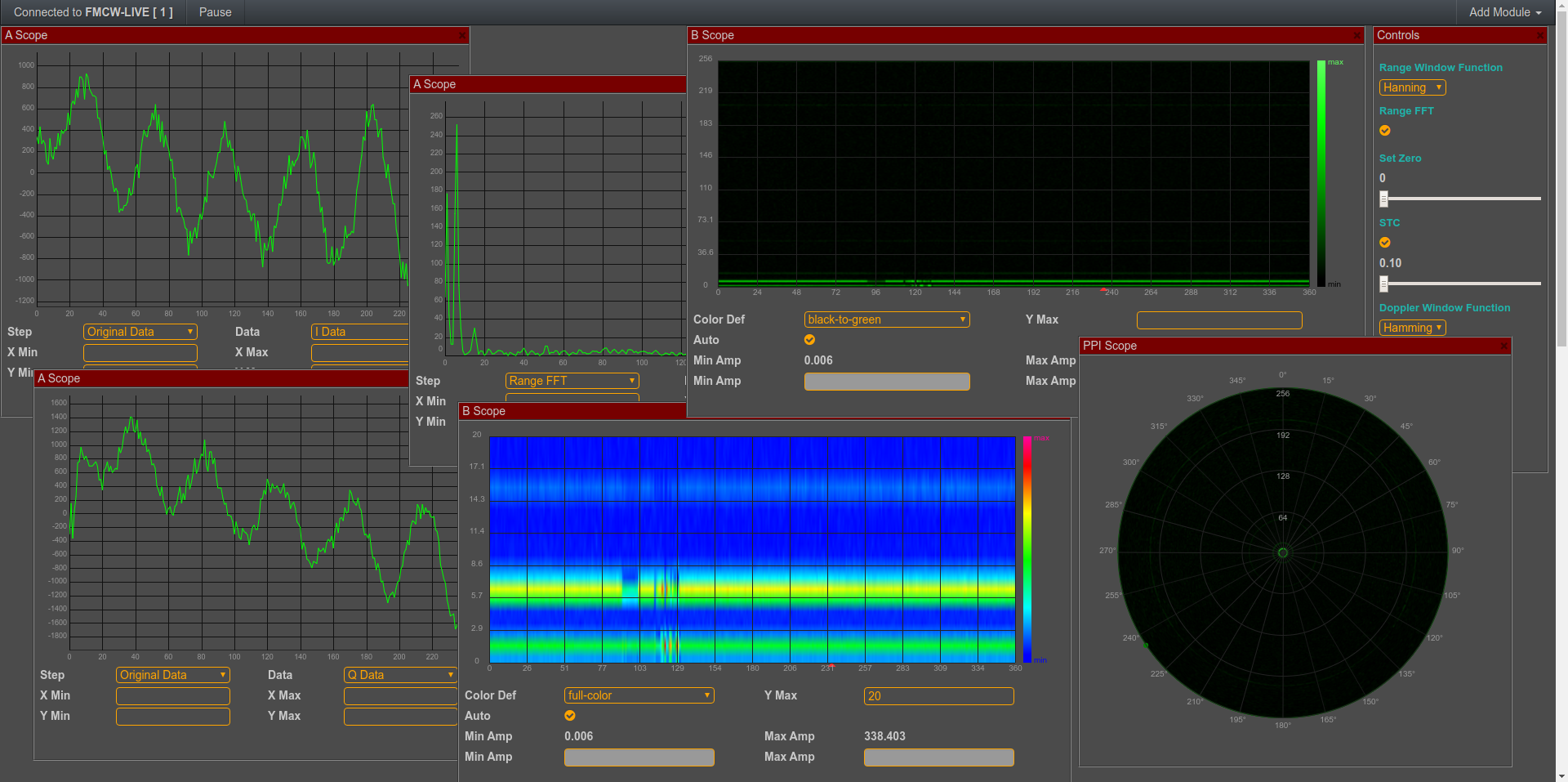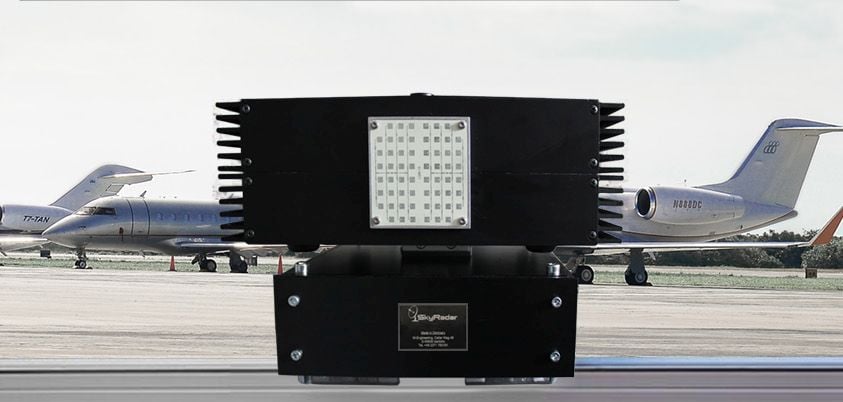Release 6 of SkyRadar's educational radars brings innovation in hardware and software, in the Cloud architecture and and in the system openness. And yes, it is promised - we keep the prices down.
We had lots of interactions with Universities and aviation academies.
Needs we were confronted with could be summarized like this:
- Limited time available to teach many students. So buying expensive equipment that can be used by only one student at a time does not do the job. Universities and academies will never get all the students properly qualified and educated. So we need allow many students to learn concurrently. Systems need to be set up rapidly. The radars need to be plug and play, no ramp up time. So that the lecturers and seminar leaders can easily integrate it into given time slots.
- Qualifying and educating independent thinkers, reaching highest learning goals. Just by watching, a student will not be enabled to apply, analyze or synthesize. He or she needs to work on it, to experiment, to compare various filters. The traditional instructor-led training alone will not bring the highly skilled professionals to answer on today's challenges. The students need more features, need standard interfaces to export data in real-time.
- Attracting Millennials. Universities and ICAO need to attract the best-in-breed millennials. But in competitive times as today, that does not work with dusty old-fashioned equipment. Today's world is connected, modern and with an awesome user experience.
- Limiting the budget. Unfortunately budget is still tight. There are more students needed, without having more budget or space available.
The consequences for SkyRadar
Our systems had to become easier to place, easier to upgrade, with more compute power, more millennial-taste look-and-feel and with many more features included.
We completely reworked our main radar products. They are completely plug-and-play now. The daily usage time is not limited. They can be operated remotely. The User-Interface design is modular and freely arrangeable. The products are upgradable and have interfaces for various third party systems. They are faster, and much more precise than their predecessors.
PSR Base Module
The PSR became much more accurate. We have a range resolution below 4 cm now. The compute power in the radar itself was enhance making the use faster and more liable.
The rotary tripod (the same as used for FMCW) is now driven by a stepper motor, allowing to position the radar on rotating or panning mode exactly where needed.
The FreeScopes has free-floating scopes now, which can be arranged next to each other.
More details:
FMCW Base Module
FMCW evolved even more. It got the same faster processor as PSR, and we also replaced the radar unit. That brings us down from 70 cm to 15 cm or range resolution. Lots of new features were added. FFT is now done in the browser. The students can independently experiment on this CFAR and a comfortable Radar Cross Section Estimation (RCS) are also part of the feature set.
NextGen 8 GHz Pulse Radar
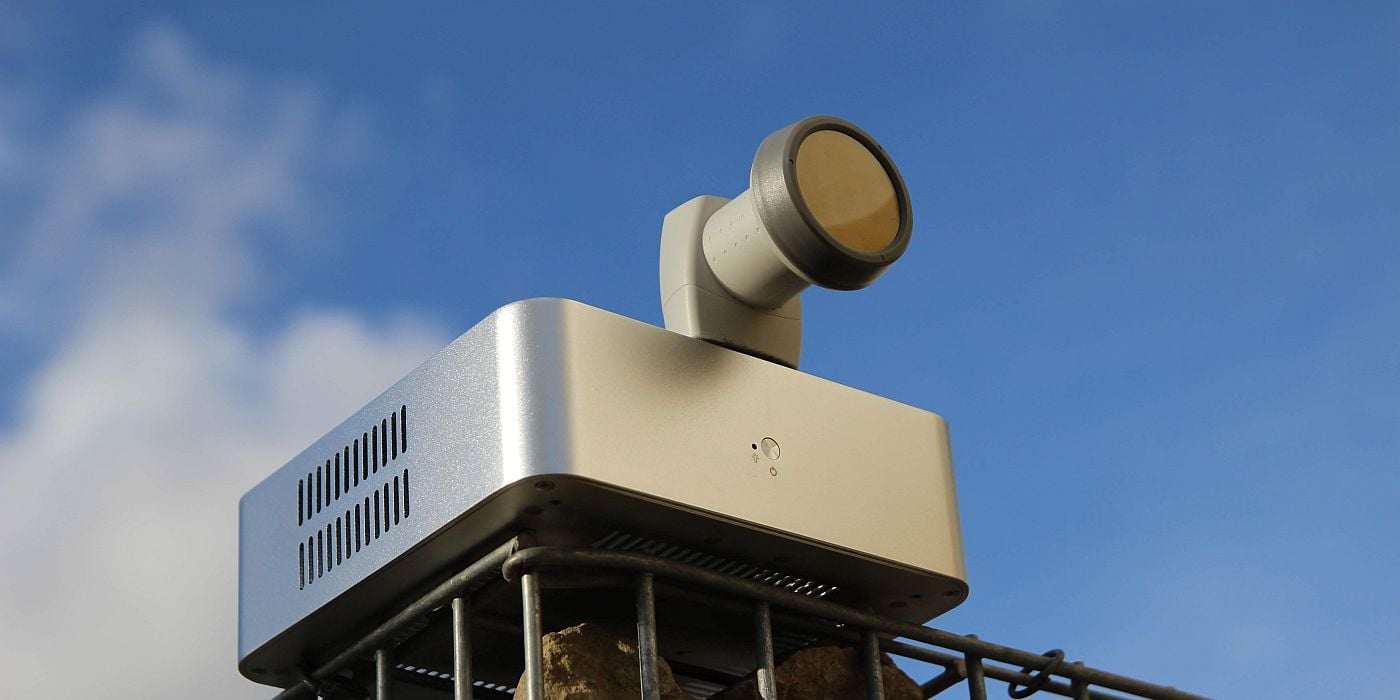
SkyRadar's NextGen Pulse Radar operates in the x-band, just like en-route radars in ATC, as well as military and marine radars. It includes all the important features needed by ATCOs and ATSEPs and reaches up to Artificial Intelligence. Its modular structure allows to customize it on university requirements as well.
We developed the new radar in a modular concept to develop an economical and modular solution to modern ATC and academic qualification requirements.
Just like the other SkyRadar products, it is based on the FreeScopes concept. It can be seamlessly integrated with other products by SkyRadar such as the NavAids simulator, the PSR, the FMCW or the PSR/SSR simulator.
The system is completely plug-and-play. The radar (potentially on a rotary tripod) and the private cloud server will be installed in your academy. Students can learn locally through the academy network. But they can also access the radar remotely, for instance in the frame of on the job training. The User-Interface design is modular and freely arrangeable. The modules are upgradable and have interfaces for various third party systems.
The users are enabled to do manipulations independently on their computers. Free floating panels of the FreeScopes Control Center allow each student to set up his own signal conversion chain, analyzing raw data, data after FFT, STC etc.
The system can be supplied in a package with several extensions of FreeScopes or it can be extended progressively:
- NextGen 8 GHz FreeScopes Basic II with Moving Target Indication (MTI), C-FAR. RCS and several windows functions (Hann, Hamming, Blackman etc)
- NextGen FreeScopes ATC including radar plots, radar tracks and enhanced MTI
- NextGen Artificial Intelligence I including AI Solutions for image and pattern recognition (in preparation, expected summer 2020)
- NextGen Pulse Manipulation allowing for changes of pulse width, pulse compression (simulated within the FreeScopes software on the real signals, in preparation, expected summer 2020).
- Next Gen 8 GHz Beam Controller allowing to practice beam forming (in preparation)
- Programming Interface from FreeScopes to MATLAB, PYTHON and other numerical computing environments.
Features like the filter functions (Hann, Hamming, Blackman, etc), C-FAR or an ATC-oriented Track and Plot visualization are some of the beautiful innovations in the new radar. We sell this radar in an economical price range (about 30% of comparable products).
Beam forming and Artificial Intelligence are some of the disruptive innovations of this product
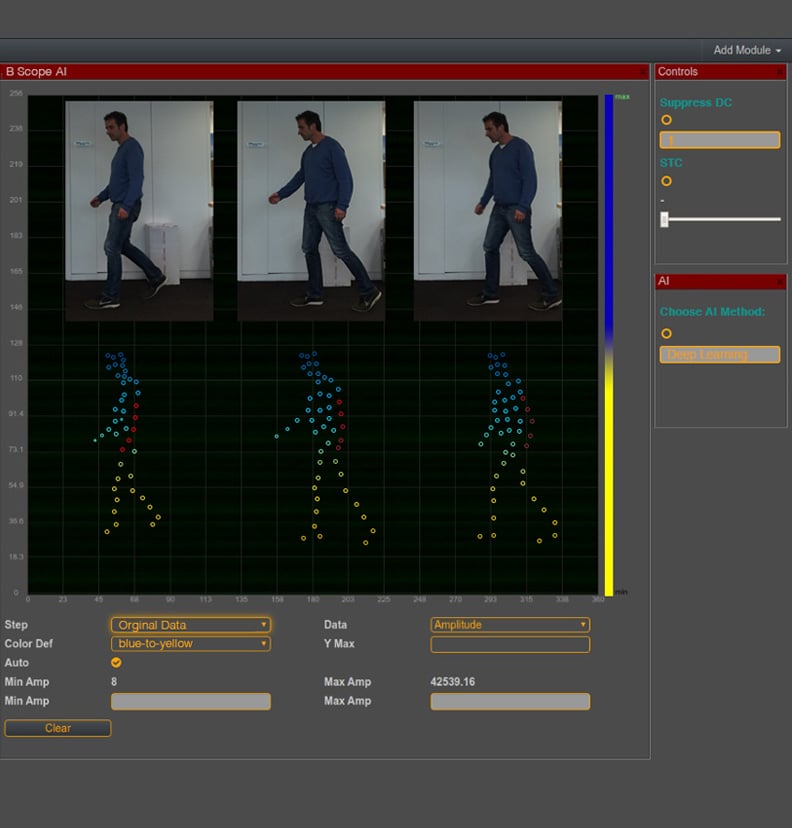
Synthetic Aperture Radar
Also the SAR unit got a stepper motor now. Fueled by the new FMCW radar, it provides most accurate results. As FFT happens in the browser now, each student can independently aggregate his or her SAR images concurrently.
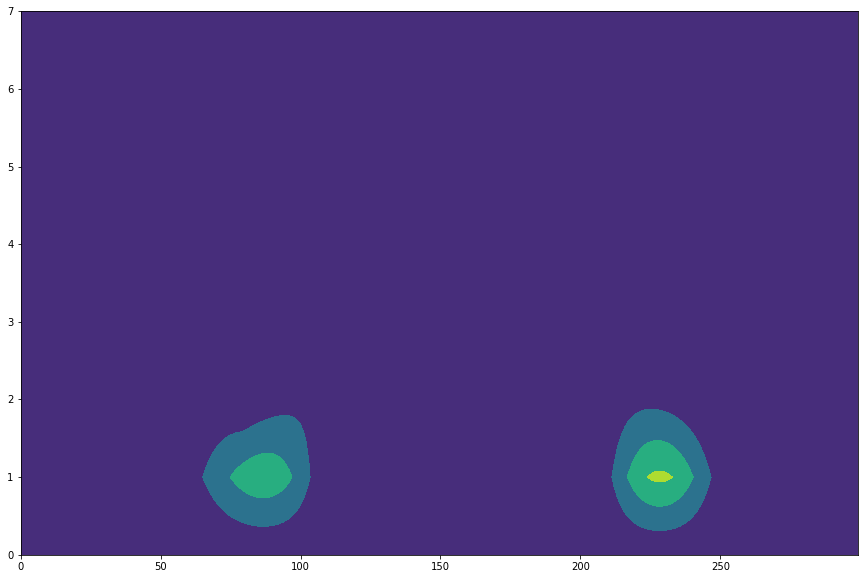
CloudServer
Cloud Server is the integrating part in your Radar Lab, bringing it all together. An enhanced device recognition now brings new radar devices to the screen once plugged in. The CloudServer now has Router function. Now complicated network integration is necessary. Just plug it in, and use it as a WIFI Router in your classroom.
No need to say that we use a powerful Hewlett Packard rack server now with increased compute power.
Open System Architecture
The solutions are completely open. The radars provide the IQ raw data as JSON messages which can be exploited for research and analytics.
A MATLAB exe client allows to use the data in MATLAB. Students can develop and apply algorithms. Another client packages the IQ data in ASTERIX format, readable by standardized ATC systems.
Upgradability
No solution remains unchanged over time. To improve the radars' longevity, the radars are now easily upgradable with service packs and additional features.
Affordability
Yes it is well know that we are positioned at about 30% of the costs of our major competitors. We do not put too much money into costly marketing and costly business trips of our sales personnel - but we put it into the development and product optimization.
But let us go one step further: Imagine there is a system for 40.000 EUR. So of it caters for 1 student at the time, this is a pretty high sum. If you allow 10 students to access it concurrently, the costs go down to 4.000 EUR per student. If 100 students have access (even after class through the university network, e.g. from their student's room or the ATCO in the frame of OTJ-training from his working position, the costs go down to 400 EUR per concurrent student. Ok - how many students do we need to bring it down to 4 EUR? :-)

